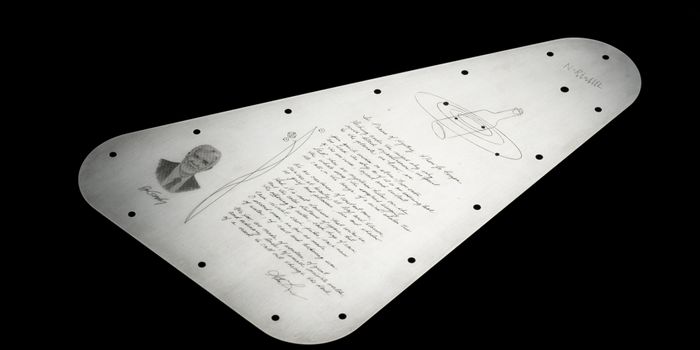Smart Adidas Double as Annual Transit Pass
Smart clothing, or clothing that has multiple functions beyond serving as simple apparel, will likely become more common in the future. Many versions already exist, including golf shirts that track a player’s swings; cufflinks with hidden Near Field Communications (NFC) buttons, which can transmit data and are currently used in touchless credit card payment systems; and belts that monitor weight. Smart clothes often try to appear as normal as possible. The new EQT Support 93/Berlin sneakers, while sleek and stylish, fully embrace and advertise their unique function: to serve as a yearlong local transit pass at a fraction of the price. They were released by Adidas in two stores in Germany in January 2018.
Adidas teamed up with the Berlin transit authority, BVG, to create a sneaker or trainer that bears BVG’s signature camouflaged seat fabric design. The tongues of the shoes look like cloth BVG annual tickets and have actual annual ticket capabilities embedded in them. While a yearly pass for Berlin’s zones A and B, which include the bus, tram and underground routes within the capital’s borders, typically costs €761 (~ $927), the sneakers were sold for €180 (~ $219). For this reason, both shoe fanatics and transit customers seeking a practical source of savings were after the new kicks.
They were sold in a limited release of 500 on Tuesday, Jan. 16 and some people began camping out in the cold to buy them Saturday. The BVG, which turns 90 in 2018, saw the shoe partnership and creation as a means of encouraging ridership among younger generations. Similarly, it has carried out a full modernized rebranding campaign centered on the camouflage design being printed on various goods and on developing a more robust and irreverent social media presence and voice.
“The motivation behind the collaboration is really to get young people on to public transport,” BVG Spokeswoman Petra Reetz says, who actually took a while to warm up the idea of the footwear collaboration. “I said, ‘We are a public transport system, not Michael Jordan’ ... But, in a big city like Berlin, the quality of life and quality of the air are important. We wanted to tell young people public transport is cool – you don’t need to buy a car,” she explains.
The shoes must both be worn for the ticket to work. David Meyer of Fortune points out that this puts people with certain kinds of foot disabilities at a disadvantage. Another drawback, apparently, is that some trains within Berlin that BVG does not operate but typically covers with its annual passes are not covered with the in-sneaker passes.
Adidas is the second-largest manufacturer of sportswear in the world, behind only Nike. It was founded in the 1920s and is headquartered in Herzogenaurach, Germany. It has created other one-of-a-kind shoes, such a vomit-proof model designed for use at Octoberfest.
Other smart shoe innovations that have arisen over the last few years include shoes that change colors; those that give turn-by-turn walking direction through vibrations; those with lighting; and those that track the wearers’ movements with GPS, which may be useful for a range of populations and situations, including in military operations and for the care of people with Alzheimer’s disease.


















































